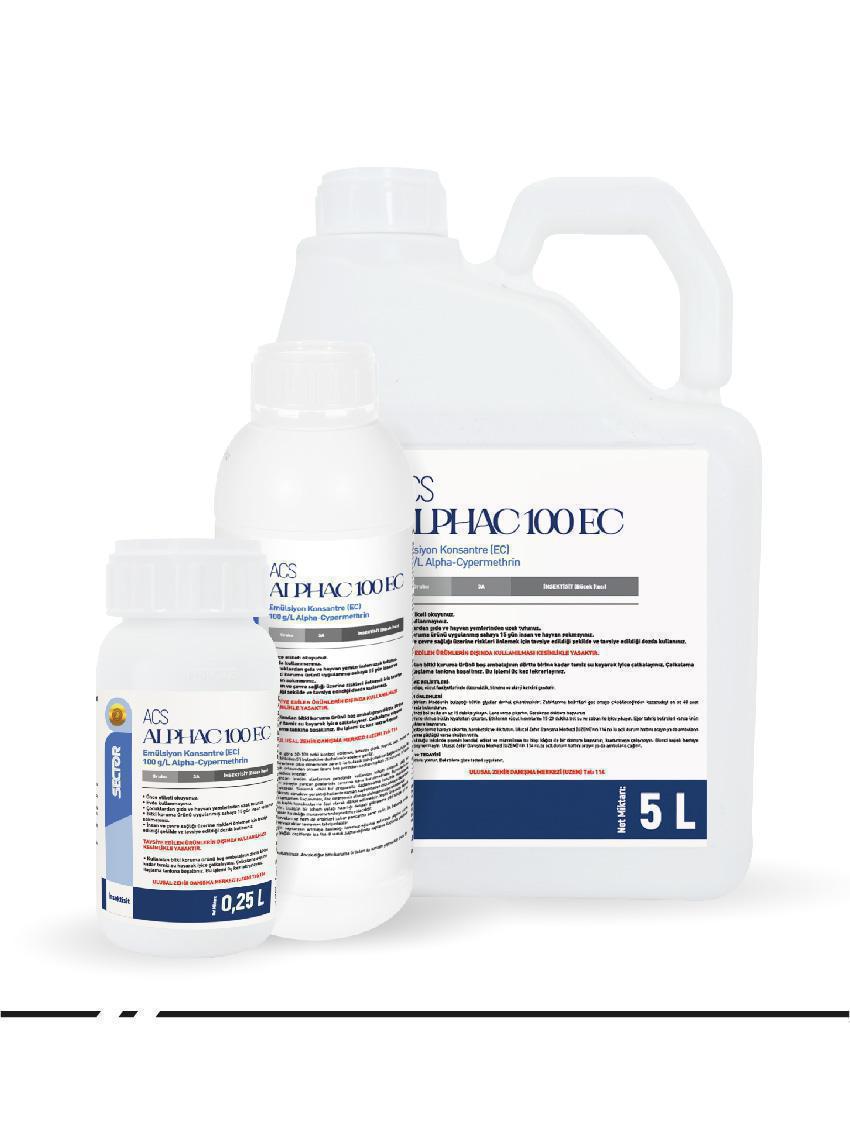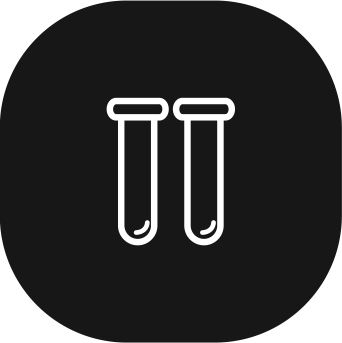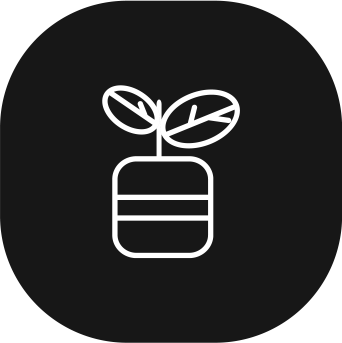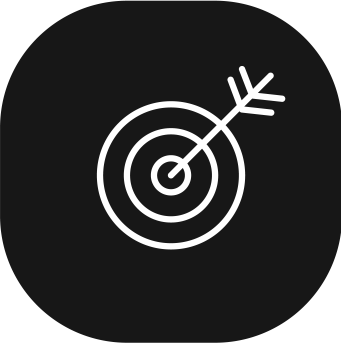
ACS Alphac 100 EC
Category: Crop Protection
Product Group: Insecticide (Insecticide)
Active Agent: 100 g/L Alpha-Cypermethrin
Formulation: Emulsion Concentrate (EC)
Codling Moth: The spraying of codling moth should be done according to the prediction and early warning system. The objective in codling moth control is to kill the hatched larvae before they enter the fruit by treating the trees with insecticides during the emergence of the larvae of each generation. Apple Ermine: It is sprayed when 4 groups of larvae have penetrated the epidermis or formed webs in a bouquet of 100 leaves to represent the garden. Cotton - Old World Bollworm: During the inspections to be carried out, if there is an average of 2 larvae over a length of 3 m in the cotton row, it should be decided to control them with insecticides. Grains - Sunn Pest: The most important thing in the control of the sun pest is the application of chemical agents against the nymphs of the 1st to 3rd stages. When the proportion of stage 2 nymphs in the population is 40%, chemical control should be carried out against nymphs of the 1st to 3rd stages, and it is essential to continue control until stage 4 nymphs are seen in terms of control time. Grain Weevil: The phenology of the grains should be followed during the first appearance of the adults. Spraying should begin about 10 days after the appearance of this pest, which gradually hatches from the soil. Grains-Aelia: Control of aelia is mainly done against overwintering adults. To determine the control time in a healthy way, the migratory movements from the wintering grounds should be followed very well. For this purpose, from the second week of April, depending on the weather conditions, the movement of the aelia in the wintering grounds is monitored. After the day when the first flights are seen, the sowing areas around the wintering ground are checked. Without allowing the pest to spread and lay eggs, control should begin immediately in mass approach areas. Stalk Borer: If the number of infested plants is 5% or more, chemical control should be applied. Corn Borer: If the number of infested plants is 5% or more, chemical control should be applied. Sugar Beet - Beet Flea Beetles: Since the seed used in sugar beet growing areas is sprayed with a systemically active preparation, the plant is protected from infestation by the beet flea for 35-40 days. Therefore, spraying is not necessary in these areas. It is very important to proceed with caution when controlling beet flea beetles on areas where seeds are sown that are not sprayed with a systemically active preparation, and to start control without losing time if necessary. When spraying, it is necessary to spray the surface of the field completely, leaving no untouched areas. Sugar Beet - Leaf Hoppers: Special attention should be paid to the winter hosts of the infestation. Harvesting winter crops will greatly reduce infestation in the spring. Cultural methods that give the plant a good start, such as proper seedbed preparation and balanced fertilization, will help the plant resist infestation. Sugar Beet - Tortoise Beetle: Both larvae and adults damage sugar beet. In hot regions in the spring,it can cause great damage and completely destroy the leaves. Olive Fruit Fly: When 1% indentation is detected in ripe olive cultivars and 6-8% in oil cultivars during inspections conducted in July-August when the number of adults caught in traps starts to increase, the coating should be in the form of spraying. Nut Weevil: Inspection is carried out when more than half of the fruits have reached the size of lentils (3-4 mm) To determine the density of the adults, it should be shaken on a cloth in the size of 3.0x3.5. At the end of the count, if more than 2 adult insects fall on January 10, spraying should be carried out. Tomato - Old World Bollworm: Depending on the size of the field, 50 to 100 plants are checked, and eggs and larvae are looked for on the flowers, leaves, stems, fruits, and shoots of the plants. When 5 out of 100 plants are infested, control is started immediately. Wingless Weevils: In early spring, at the time of the appearance of the pest, the vineyards known to be infested are visited twice a week, and if pests or their damage are found on 10 out of a total of 25 vines selected in five places, one at the four corners and one in the centre of the vineyard, chemical control is recommended.
| Plant Name | Harmful Organism Name | Application dosage | Time Between Last Application and Harvest |
| Apple | Codling Moth | 20 ml/100 L water | 14 days |
| (Cydia pomonella) | larvae | ||
| Apple Ermine | 15 ml/100 L water | 14 days | |
| (Yponomeuta malinellus) | larvae | ||
| *Cotton | Old World Bollworm | 200 ml /da | 14 days |
| (Helicoverpa armigera) | larvae | ||
| Grains | Sunn Pes | 15 ml/da; nymphs of the 1st to 3rd stages and 4th to 5th stages, and new generation adult | 14 days |
| (Eurygaster spp.) | |||
| Grain Weevil | 15 ml/da | 14 days | |
| (Pachytychius hordei) | |||
| Aelia | 45 ml/da; wintered adult | ||
| (Aelia rostrata) | nymphs of the 2nd to 5th stages, and new generation adult | ||
| Corn | Stalk Borer | 40 ml/da, larvae | 14 days |
| (Sesamia spp.) | 3 sprayings at 15-day intervals (When eggs are first detected, | ||
| Corn Borer | Spraying begins) | ||
| (Ostrinia nubilalis) | |||
| Sugar | Beet Flea Beetles | 15-20 ml/da | 14 days |
| Beet | (Chaetocnema spp.) | ||
| Leaf Hoppers | 40-50 ml/da | ||
| (Cleonus spp) | |||
| Tortoise Beetle | 15-20 ml/da | ||
| (Cassida spp.) | |||
| Olive | Olive Fruit Fly | 25 ml/da 100 L water | 14 days |
| (Bactrocera oleae) | |||
| Hazelnut | Nut Weevil | 40 ml/da | 14 days |
| (Curculio nucum) | |||
| Tomato | Old World Bollworm | 50 ml/da | 14 days |
| (Helicoverpa armigera) | |||
| **Vineyard | Wingless Weevils (Otiorhynchus spp.) | 30 ml/100 L water | 7 days |


 Türkçe
Türkçe  English
English  Russian
Russian  Arabic
Arabic  Germany
Germany  French
French  Spanish
Spanish 








